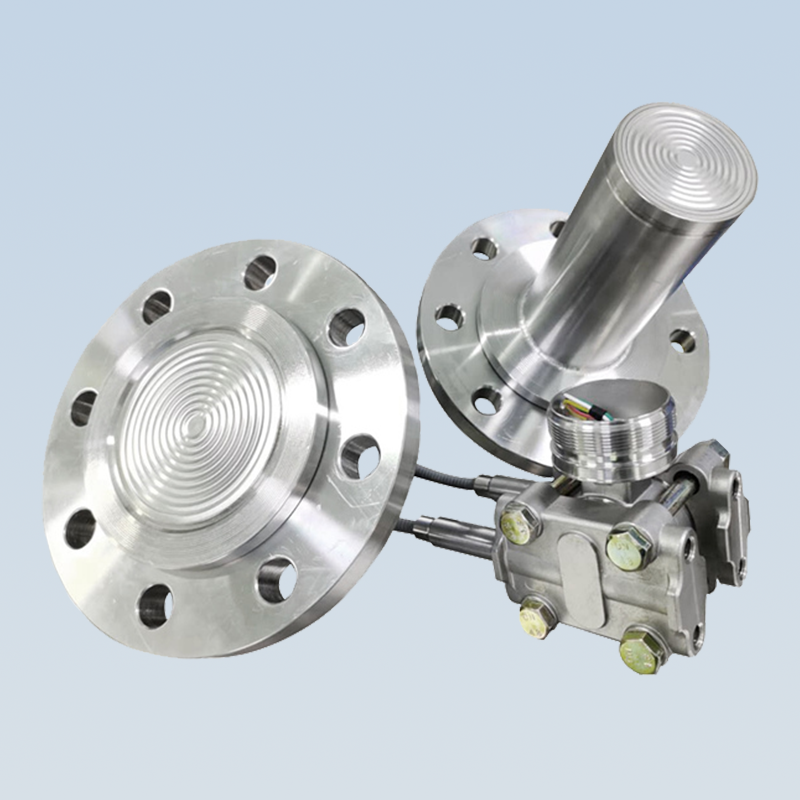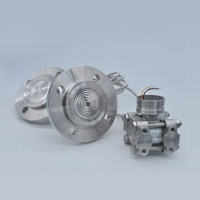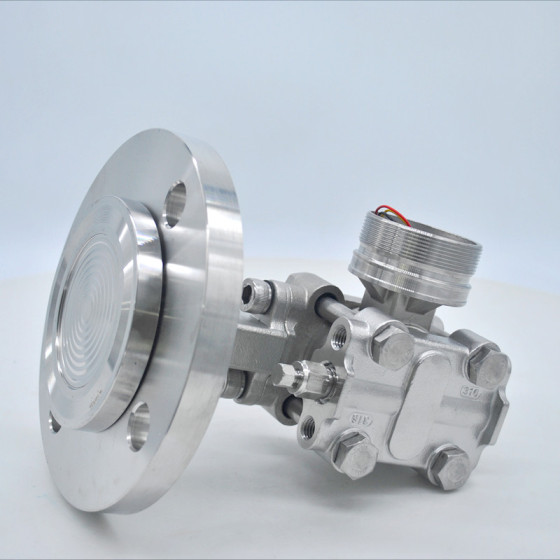
Remote Seal Pressure Transmitter Device With Capillary
- Information
- Product Description
- Video
Remote Seal Pressure Transmitter Device With Capillary
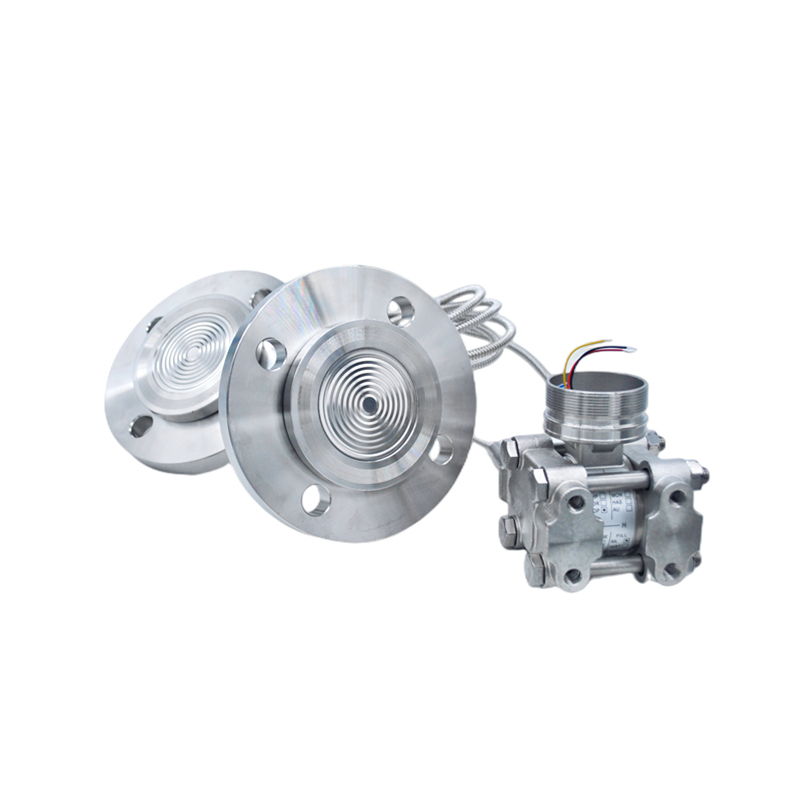
Introduction
Remote seal pressure transmitter device with capillary is the part of remote seal pressure transmitter.
Remote seal pressure transmitter's application is to measure the level for tanks or other vessels.
The diaphragm material can be customized according to the site condition.
The length of capillary is also customized against demand.
High temperature is applied.
Production Process
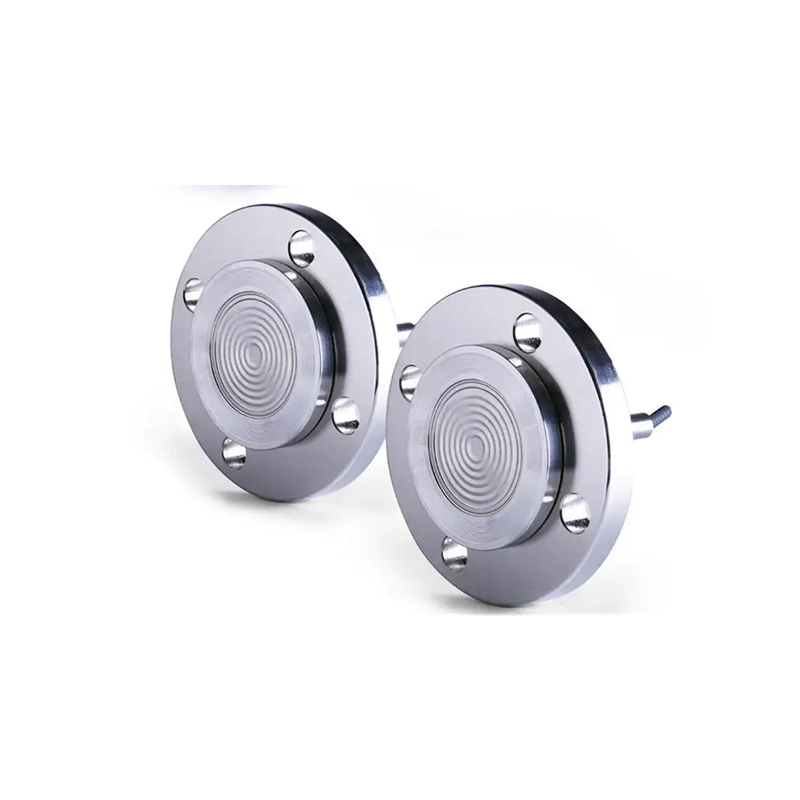

1. Dust-free workshop is appplied, so the accuracy will be ensured.
2. Professoinal oil filling room will guarantee the oil fill process, no leakage at all.
3. Laser welding machine to make sure the diaphragm's performance.
4. Advanced temperature and pressure compensation chambers are ensuring the stability of remote seal pressure transmitter device.
Technical Parameter:
1. Process fluid: liquid,gas,vapor
2. Display:4 digits programmable&0-100%bargraph
3. Application:differential pressure,gauge pressure, absolute pressure
4. Measuring range:0~0.125kPa~1.5kPa(minimum),0~4.0kPa~25.0kPa(maximum)
5. Current output:4-20mA 2 wires Hart Protocol
6. Power supply:9-36VDC
7. Max pressure:40MPa
8. Mounting:bracket on 2” pipe
We are able the manufacturer the sensors by ourselves so the remote seal pressure transmitter device with capillary's quality can be controlled well.
Remote seal pressure transmitter device with capillary adopts necessary testing, compensation, checking, etc to make sure the accuracy.


